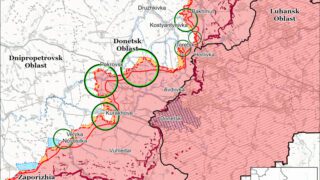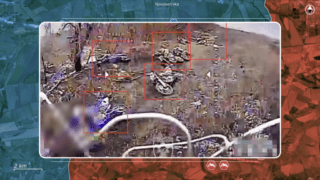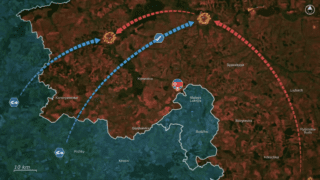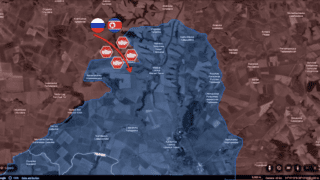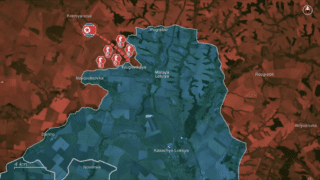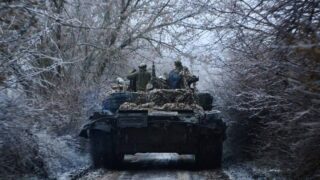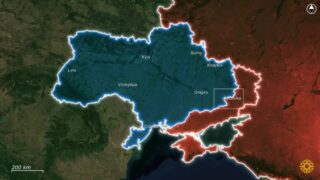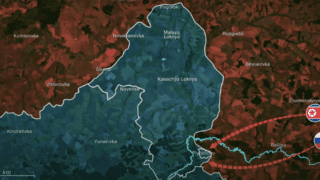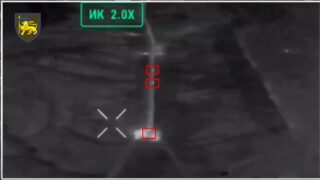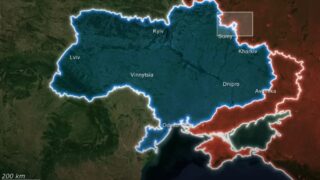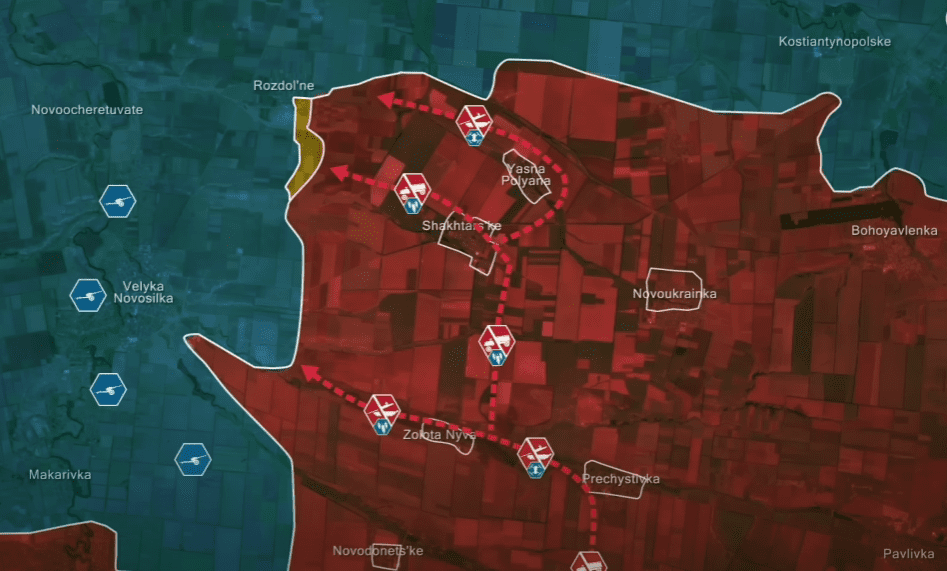
Frontline report: Russian tactics fail as wave attacks lose strategic momentum
Day 1008
On 27 November, there are a lot of updates from the Velyka Novosilka direction.
Here, the Russians launched a series of massive assaults aimed at encircling Velyka Novosilka, pushing hard to break through Ukrainian defenses and gain control. However, overextended logistics and vulnerable supply lines set the stage for the complete decimation of Russian forces, leaving them exposed to precise Ukrainian counterattacks.
Previously, Russian forces advanced toward Rozdolne, north of Velyka Novosilka, securing positions on its southeastern outskirts following intense mechanized assaults. These operations yielded satisfactory results for the Russian command, prompting plans for further offensives. The capture of fields around Rozdolne bolstered Russian confidence, encouraging flanking maneuvers north of Velyka Novosilka. Their objective was to establish physical or at least fire control over two key roads leading to the town, aiming to tighten their grip on the area.
The redeployment of Ukrainian forces from Velyka Novosilka to Kurakhove further motivated the Russians to intensify their operations there. The shortage of Ukrainian reserves compelled their command to shift active units from less active sectors to defend Kurakhove, which faced increasing Russian pressure from Kostiantynopil.
Despite this redistribution, the Ukrainian forces remaining in Velyka Novosilka maintained key tactical advantages over the advancing Russian troops, effectively countering the offensive efforts.

To deploy their forces to the frontline, Russian troops must traverse long distances, often moving 10 to 20 kilometers along roads through open fields to reach staging grounds in Shakhtarske and Zolota Nyva. The absence of significant urban settlements in the area denies the Russians adequate cover for their soldiers and equipment. This exposes their columns to Ukrainian FPV drone operators and artillery, who can effectively target these vulnerable movements in the open terrain.

Combat footage shows a Ukrainian strike on a Russian column of six vehicles preparing for an assault 15 kilometers from the front near Novomaiorske. Ukrainian tactics against such armored assault columns involve targeting the lead vehicle to immobilize the column. Once stopped, Ukrainian artillery strikes the trapped vehicles, forcing the crews to abandon them. These artillery kill zones are predetermined, with Ukrainian drone operators targeting the lead vehicle precisely in these locations, enabling rapid and effective bombardment. Any vehicles that attempt to advance further are subsequently neutralized with drone strikes on critical components, such as the engine, ensuring the assault is thwarted.
The exposure in open fields poses significant challenges not only for Russian assault units but also for their rear-echelon forces. Ukrainian strikes have successfully targeted Russian artillery and rocket systems, including BM-21 Grad launchers, even in deep rear positions.
These precise attacks suppress Russian fire support, preventing them from effectively softening Ukrainian defenses before assaults. As a result, Russian stormtroopers are forced to engage fortified Ukrainian positions without adequate preparatory support, further diminishing their chances of success.

This is why the Russian command throws wave after wave of Russian mechanized assault groups, hoping that several survivors from previous assault waves accumulate at assigned positions. This approach enabled the Russian stormtroopers to slip through the eastern part of Rozdolne and initiate local clashes.
Overall, the developments around Rozdolne and Velyka Novosilka highlight a growing pattern of Russian overextension and tactical predictability, contrasted with Ukraine’s ability to exploit terrain and logistical vulnerabilities.

While the Russians have managed limited gains, their reliance on exposed mechanized columns and repeated frontal assaults reveals a strategy strained by logistical inefficiencies and a lack of adaptability. Ukrainian forces, even while redeploying to address threats elsewhere, continue to inflict significant losses, demonstrating their capacity to undermine Russian advances with precision strikes and superior coordination.
In our daily frontline report, we pair up with the military blogger Reporting from Ukraine to keep you informed about what is happening on the battlefield in the Russo-Ukrainian war.
Read also:



